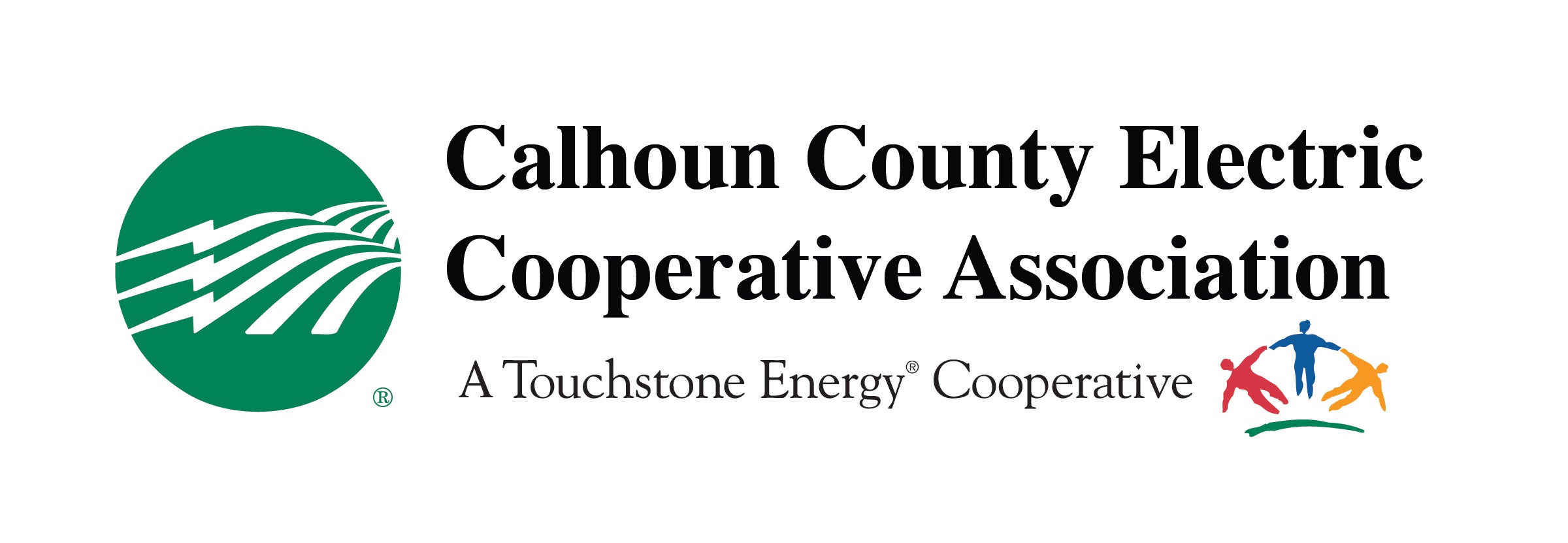Calhoun County Electric Cooperative Association is facing one of the largest wholesale power cost increases in recent memory. While these increases are never welcome, they are part of a broader, nationwide shift in how electricity is produced, regulated, and consumed. Many of these forces are beyond the control of local utilities, but all of them influence what we pay for power — and, in turn, what appears on your bill.
The Impact of Federal Policies
Federal production tax credits have provided significant financial incentives for renewable energy development, particularly wind and solar. While these policies have accelerated the transition toward cleaner energy, they have also had unintended consequences. By lowering the market price of renewable generation, it’s made it more difficult for traditional, dispatchable baseload plants — coal, natural gas, and nuclear — to remain financially viable. As a result, many of these plants have been retired years ahead of schedule, removing dependable 24/7 generation from the grid.
Rising Demand and Reliability Strains
The closure of these plants comes at a time when electricity demand is surging. Economic growth, population increases, and the electrification of transportation, heating, and manufacturing are all placing new demands on the grid. Data centers, electric vehicles, and advanced manufacturing facilities require huge amounts of power. Renewable resources play a vital role, but they depend on weather conditions. Without enough baseload generation to cover periods of low wind or sunlight, the system becomes more vulnerable to shortages during extreme weather or high- demand periods.
Regulation and Compliance Costs
On top of these supply and demand pressures, government regulations and environmental controls continue to add significant costs. Meeting stricter emissions standards, upgrading equipment to meet environmental guidelines, and complying with new safety requirements can each require investments in the hundreds of millions of dollars. These expenses are built into the cost of producing power and are ultimately reflected in wholesale rates.
Transmission and Infrastructure Challenges
The existing transmission network was never designed to move large volumes of renewable power from rural generation sites to urban demand centers. Congested transmission lines can force grid operators to rely on more expensive local power. Building new lines to relieve congestion or connect new generation is essential, but it requires significant capital investment — often hundreds of millions of dollars — which becomes part of the cost of service.
Aging Assets and Maintenance Needs
Many power plants, substations, and transmission structures are decades old. As equipment ages, maintenance costs rise, and replacement or modernization becomes unavoidable. Across the industry, utilities are now facing these replacement cycles all at once, driving costs higher.
Labor and Supply Chain Costs
The power industry faces a shortage of skilled labor, driving up wages for line workers, plant operators, and engineers. At the same time, global supply chain disruptions have made critical components — such as transformers and circuit breakers — more expensive and harder to obtain.
The Road Ahead
The reality is that there is no single cause behind this increase — it’s the result of a combination of market forces, policy decisions, infrastructure needs, and changing patterns of electricity use. While we can’t control these external pressures, our cooperative will continue working to manage costs, advocate for a balanced energy mix, and make strategic investments that protect both reliability and affordability for our members.
As wholesale power rate increase projections become clearer in the coming months, we’ll keep you informed with updates in the newsletter and on our website.
Calhoun County Electric Cooperative’s mission remains the same as it has always been: to provide safe, reliable, and affordable electricity. While the challenges may be different and greater today than in the past, but our commitment to serving you is stronger than ever.

